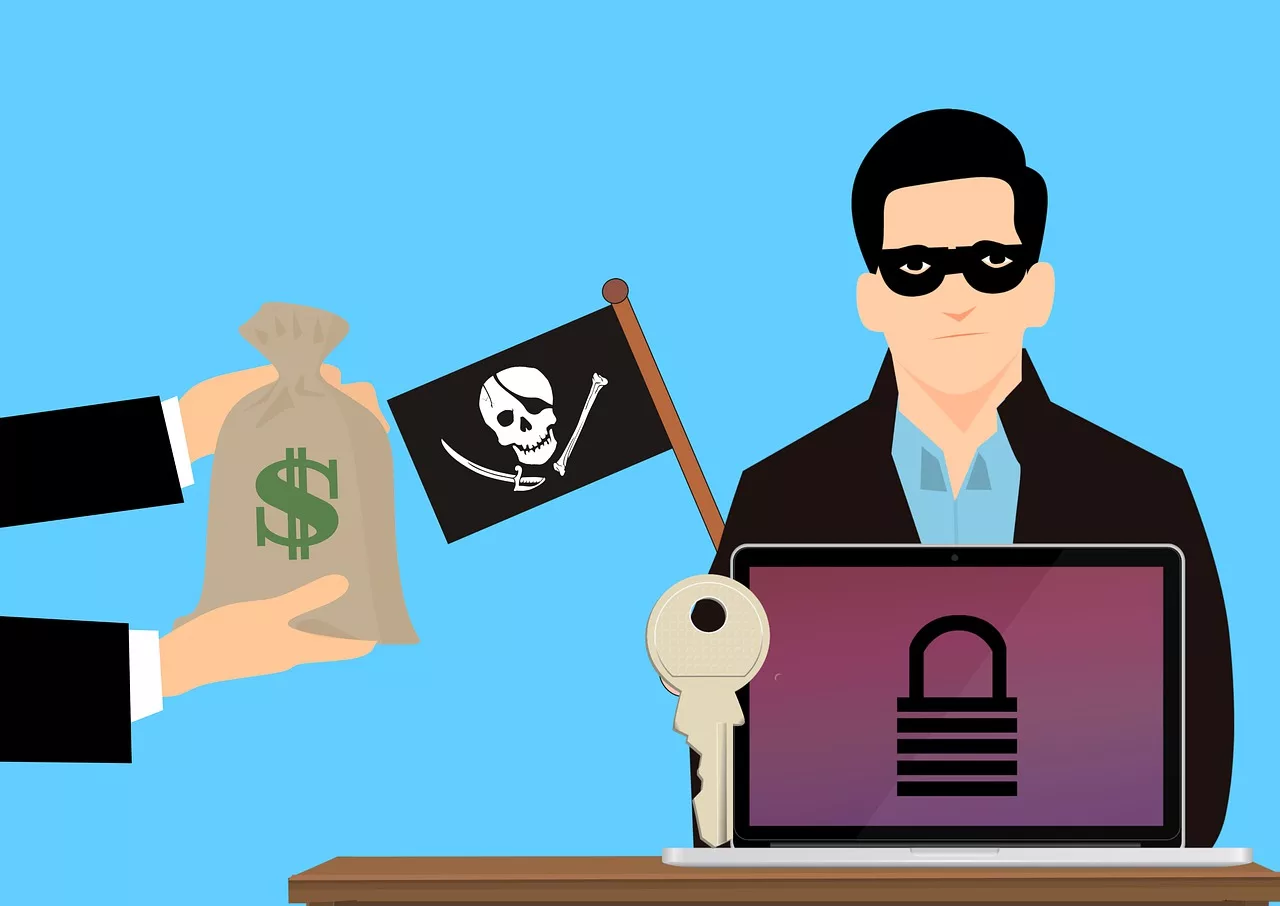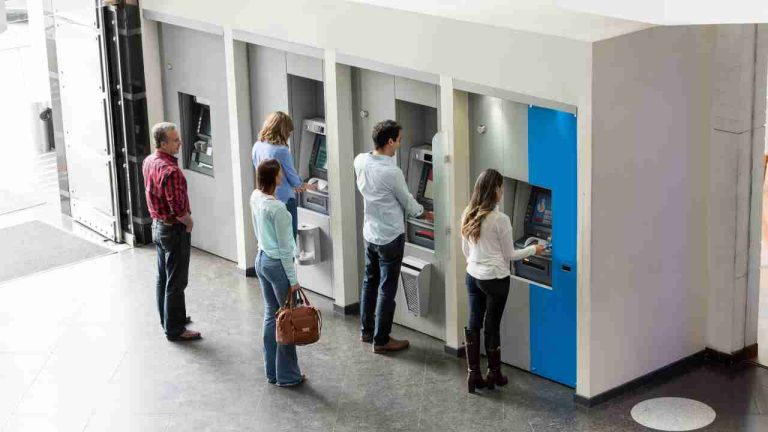Ransomware attacks are malicious attacks that, if not dealt with efficiently, can cause operational disruptions and data loss. It has become a common cyber vulnerability for many years. In fact, last year, there were about 236.1 million Ransomware attacks globally. It also accounted for about 20% of all cyber crimes in 2022.
Although nobody wants to deal with a Ransomware attack, if you face one by any chance, it’s important to keep your calm and work smartly. Despite the panic, you must work on fixing it without losing any data.
To help you out, here’s a step-by-step guide on how you can deal with and recover from a Ransomware attack on your PC in 2023:
Signs of Ransomware Attack
Before we learn about the steps of recovering from a Ransomware attack, let’s know about the early warning signs that indicate the same:
- Email phishing attacks
- Sluggish workstation or network activities
- Suspicious changes to files
- Attempts of backup corruption
- Unauthorized data extraction
- Repeated suspicious logins
- Small scale attacks
- Presence of any hacker tools
- Disabled active directory
How to Recover from a Ransomware Attack?
Once you know that you are affected by a Ransomware attack, it’s time to deal with it. Here’s how you can do so:
Take a Quick Screenshot of the Malware Screen
When a system is affected by Ransomware, it displays a message indicating that your files are now inaccessible and can be further accessed after you pay the ransom amount. Once you see that screen, take a screenshot of the Malware attack message. This will work as proof for filing reports after recovery.
Isolate the System
Next, you must instantly isolate the affected system and disconnect any devices that are connected to it. Remove the infected device from any network so it doesn’t affect the share drives. Meanwhile, if you see any other device that may not have been completely affected, isolate them too.
Secure Your Backups
If you have any backups to crucial files, secure them immediately from hackers. That’s because after infecting your files, the second thing that attackers may do is corrupt your backup. So, don’t take them lightly and isolate your backups from the infected network.
You must also follow good backup security practices like encryption to keep your data safe. It’s recommended to enable 256-bit AES encryption and strong passwords to secure your backups.
Reset the Credentials
After isolating and disconnecting the infected system, reset all the login credentials and passwords to keep your critical online accounts safe. As your system gets attacked by Ransomware, your online accounts become vulnerable too.
Make sure to change your password and credentials once again after the Ransomware has been removed.
Take Help from Professionals
As Ransomware attacks are critical malware, you must not try to deal with them on your own. Instead, you should take help from experts who have long-term experience in handling such malware attacks. We recommend taking assistance from professional ransomware recovery service providers.
They are industry experts who can offer a complete range of services for Ransomware recovery. They will help you with everything, whether it’s attack investigation or decryption of data. All in all, they can ensure a safe and secure data recovery.
Make sure to choose a Ransomware recovery service provider that does the following:
Media Ransomware Evaluation: Complete analysis of media to identify the Ransomware type, extraction of Ransomware notes, research to identify decryptors, and more.
Decryption and Recovery: Exploring backup restoration, using publicly known decryptors, reverse engineering of malware, exploring encryption integrity, and transferring decrypted files.
R&D for No Publicly Known Decryption: Thorough research of encryption, creating and cracking new encryption, transferring the decrypted file to secure storage and removal of RansomwareRansomware.
Third-Party Investigation: Cyber security analysis, steps to prevent further attacks, and others.
How Can Ransomware Recovery Professionals Help You?
Ransomware recovery services include qualified and experienced cyber security professionals who reverse engineer the Ransomware attack. During reverse engineering, the experts analyze malware to understand its functions and purpose. Using this information, they come up with the best ways to remove the Ransomware and create its defenses.
Additionally, Ransomware recovery experts will also guide you through the first action after you face the attack. They will tell you the steps to restore data safely and keep it safe from any exploitation. Their services are integrated with experience, professionalism, and advanced cyber tools. So, you can sigh relief, as your system will be in the right hands.
Do’s and Don’ts for Ransomware Attack
Now that you know how to recover from a Ransomware attack, let’s learn about some do’s and don’ts to stay safe:
Do’s
- Regularly back up your data: Keeping safe copies of your data can ensure easy data restoration, despite the attack.
- Keep a Response Strategy Handy: Always keep a response strategy in mind to instantly deal with the Ransomware attack. Any wrong move can be a big problem.
- Self-awareness: Keep yourself well-informed about phishing, Ransomware, and other malicious attacks. Train yourself to identify any malicious files to prevent such cybersecurity threats.
- Update Your Systems: An outdated system is more likely to fall prey to Ransomware and related threats. So, whenever you see a new version of your system OS, update it instantly.
Don’ts
- Pay the Ransom: Attackers can ask you for some ransom amount in return for your data access. They can create a panicked situation, and you may feel like paying the amount. But that’s the worst thing to do in this situation. That’s because, despite paying the ransom amount, the attackers may not return the access to your data. You may lose both your money and data simultaneously.
- Provide Information to Unauthorised Sources: Never share your passwords and credentials with people you don’t know. That’s because it’s a common way for hackers to gain access to your account. Always prioritize your security on online networks.
- Rely Solely on Your Anti-malware: Tighten your security protocols and protect your data with advanced softwares. Don’t just rely on firewalls or anti-malware softwares alone.
Thats it. We hope now you know how to recover from a malware attack on your personal computer.







